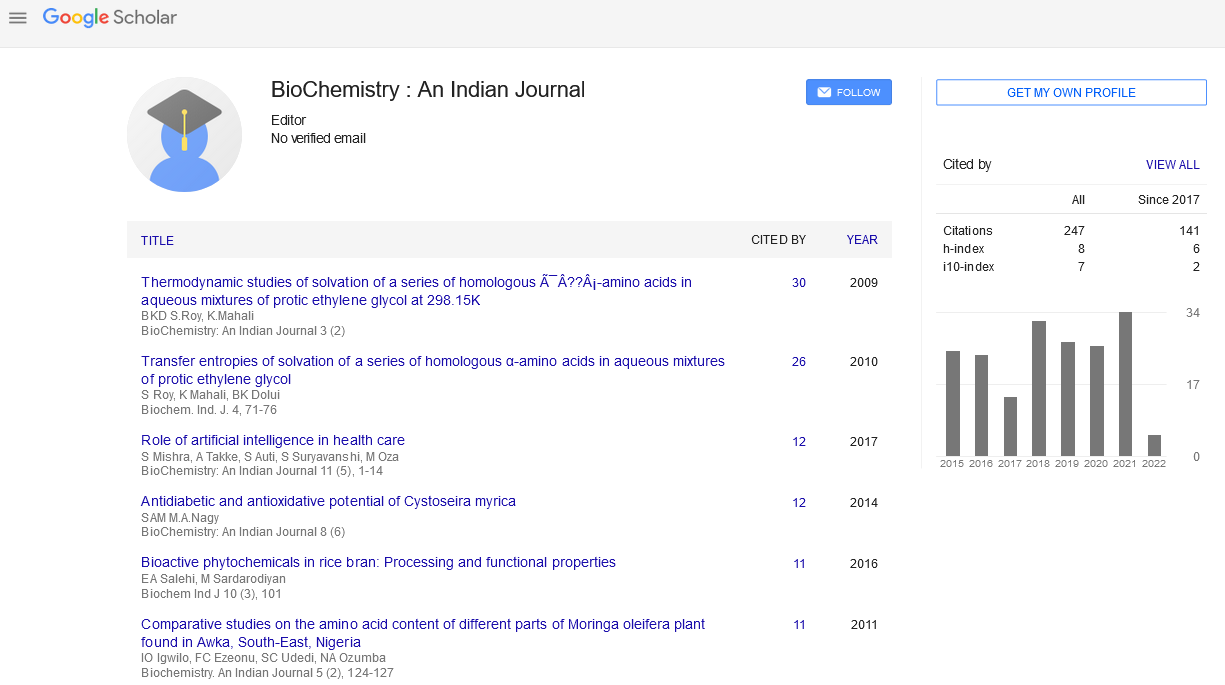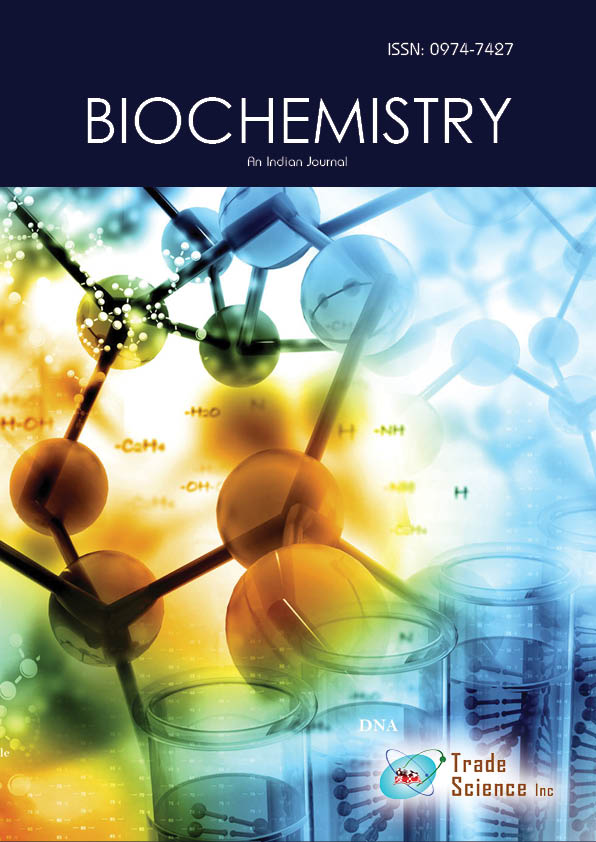Abstract
Biochemical effects ofHydroclathrus clathratus on alloxan -induced diabetes in rats:Role of insulin, oxidative stress and inflammation
Author(s): M.A.NagyBackground: Oxidative stress associated with insulin –dependent diabetes mellitus is a risk for inflammatory disorders that induce renal dysfunction. Hydroclathrus clathratus is used for its antioxidant and antiinflammatory effects. This study aims to evaluate antihyperglycemic, antihyperlipidemic, antioxidant and anti inflammatory effects of aqueous Hydroclathrus clathratus extract (HCE) against alloxan induced diabetes inmale albino rats and explore possible effects ofHCE on insulin and oxidative stress profile. Biochemical observations were further substantiated with histological examination of pancreas and kidney.Method: This study was carried on 30male albino ratsweighing 190±10, 90 days old, classified into 3 groups, control (NC), diabetic (DC) and treated diabetic group (HCE). Alloxan was given in a dose of 300 mg/kg body weight intraperitoneally (IP). Result: Alloxan produced significant increase in serumglucose, Triglyceride (TG), Total cholesterol (TC), Low density lipoprotein cholesterol (LDL-C), urea and creatinine (Cr), renal reduced glutathione (GSH), renal nitrotyrosine, renal TNF-á. On other hand, alloxan produced significant decrease in insulin levels and activity of renal catalase (CAT), renal glutathione peroxidase (GSH-Px) and renal superoxide oxide dismutase (SOD). Oral HCE (300 mg/kg body weight of rats daily for 30 days) significantly ameliorated these effects.Conclusion: TreatmentwithHCEamelioratedDM and its related late consequences. Furthermore, it has antioxidant and antiinflammatory effects. Commonly, HCE is a way to surmount the diabetic state and it has antioxidant and antiinflammatory effects. It may be a promising adjuvant to anti diabetic therapy.

